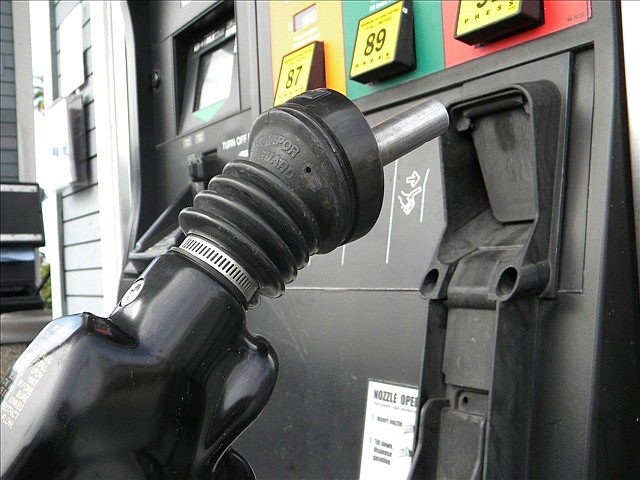If there has been one slightly positive outcome of the coronavirus pandemic, it is the dramatic plunge in gasoline prices over the past two months.
Ordinarily, lower energy costs and gas prices in particular serve as a boost to the economy. In this most unusual situation, however, the steep drop in oil consumption has created more hardship than benefit, as producers struggle to stay alive while motorists are unable to enjoy the reward at the pump with no place to go.
According to AAA, the national average price for regular unleaded fuel was $1.81 per gallon as of Monday, compared with $2.84 a year ago. Tennesseans are paying a statewide average of $1.60 per gallon, down 38% from $2.60 last year. Georgians are paying only slightly more on average at $1.67. Chattanoogans are faring even better with prices around town below $1.29.
In at least 10 states, motor fuel prices are lower than at any time since the dark days of 2008, with a few states enjoying the cheapest gas in over 18 years, according to the price tracking website Gas Buddy.
The sharp decline in the price at the pump is of course an artifact of the economic shutdown necessary to contain the spread of the COVID-19 outbreak. Two basic factors have combined to create a perfect storm for gas prices: less driving and too much production.
With the reduction in commerce and the spike in short-term unemployment, the roads are noticeably less crowded. Insurance industry statistics indicate that total vehicle miles driven has declined by 35% to 50% since the end of February with fewer commuters and shoppers on the road. Navigation data company TomTom reports that traffic volume in major US cities has been off by as much as 85% during certain periods.
This falloff in driving creates what economists call "demand destruction", which in turn drives gas prices lower in response to declining consumption. All told, driving in the US is in pace for the biggest slump in a half century.
And then there's oil. The global pandemic combined with an ill-timed price war between Saudi Arabia and Russia have cut the legs out from the oil industry and sent oil prices plummeting around the globe. In the US, crude oil constitutes a little more than half of the price of gasoline (the rest is made up of refining, marketing, taxes and profits). The pandemic has caused the steepest and most sudden plunge in crude prices in recent memory, down over 70% for the year to date.
Although OPEC and its non-OPEC partners (dubbed OPEC+) agreed to cut output by 10 million barrels per day, the cutback represents only a fraction of the average daily decline in oil demand. Meanwhile, with U.S. output reaching all-time records thanks to shale production, the world is literally awash in oil and rapidly running out of places to store it. Crude oil tankers typically chartered to transport the commodity across the ocean are now being leased as short-term floating tank farms. The glut has become so intense that the May contract for U.S.-produced West Texas Intermediate Crude fell to minus $37 a barrel on Monday, for the first time ever in history.
Yes, negative. Producers pay you to take their oil, just show them where to put it. That is mind blowing.
American producers are stomping on the brakes, but can't cut output fast enough. They are also balancing the need to generate cash to service high levels of debt. Many will not succeed.
Expect the trend in gas prices to continue for at least a while longer, as output overwhelms both demand and storage capacity. If only we had somewhere to go.
Chris Hopkins is a vice president and portfolio manager for Barnett & Co. in Chattanooga.
